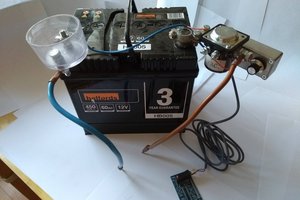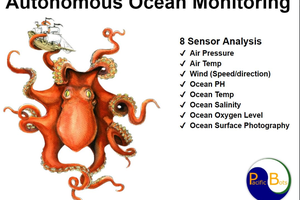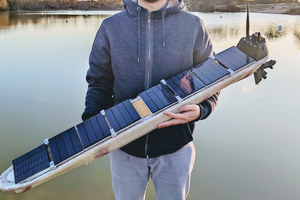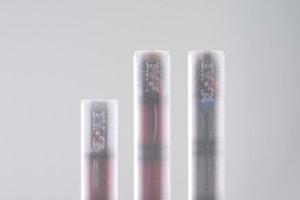1. DT700 brushless motors: 2 pcs x $14
2. Kort nozzle for DT700: 2 pcs x $35
3. ESC speed controller at least 40A with BEC: $4
4. Servo tester: $5
5. Slide Potentiometer any from 5K to 30K Linear: $2
6. SLA battery 9Ah: 2 pcs x $22
$153 for flying underwater at speed of 3 km/h
Previously, we made an underwater robot powered by SLA batteries. The robot made hundreds of dives to a depth of 30 meters and the batteries are still working properly. SLA batteries have rubber caps that play the role of valves for the release of gases when the battery is charged. These caps are tightly pressed with plastic caps and do not allow water to pass even when immersed in great depth.
We used XT60 connectors underwater with a small amount of a thick grease on contacts. It is inexpensive and works perfectly even in sea water. Similar connectors have been working on our ROV for two years and still do not require replacement.
In water two DT700 motors can consume a current of 50 amperes maximum and develop a maximum thrust of more than 7,5 kilograms. This is a very good result, but in order to increase the battery run time, we have limited the current to 30 amperes maximum. To do this, just limit the movement of the slide resistor. With this current, you can swim continuously with a maximum speed of 1.85 mph (3 km per hour) for 8 minutes with one battery or 20 minutes with two batteries.
Battery 9 Ah weighs 2.5 kg on the surface, but in water 1.5 kg only. Usually we use two batteries at once connected in parallel. One on back and one on stomach. Batteries are secured to the strap using velcro. This is very reliable and allows you to quickly replace the batteries with new ones. Before diving we always try to inhale the maximum amount of air. An adult lungs volume are 4-6 liters of air, that is, our positive buoyancy increases by 4-6 kilograms. With such a large positive buoyancy it is very difficult to dive under water and we need extra weight. Two batteries in the water have a weight of about 3 kg this allows us to very comfortably sink and easily float to the surface.
Look at the connection diagram.
1. Extend wires (AWG 18-16) from both of motors and solder them to the speed controller in parallel. The wires must be long enough so that you can move your hands freely. I made wires 3 feet long, but you can choose the length to suit your height.
2. Solder to ESC two power wires (AWG 16-14) for battery.
3. Open servo tester, delete the rotating potentiometer and solder 3 wires instead of it's terminals (legs). Wires must be long enough to reach your fingers. I made them 4 feet long. Now solder the other ends of wires to slide potentiometer. It should be placed in a housing and sealed with a big rubber balloon or a glove. That gives you full range speed control underwater.
4. Connect BEC plug to the servo tester.
5. Place ESC + servo tester to a small suitable plastic box and seal with an epoxy resin compound.
 shenzhen
shenzhen

 Rory
Rory
 PacificBots
PacificBots
 Jianjia Ma
Jianjia Ma
 Okoku
Okoku
This is a neat idea! I would love to see a variant that is high torque and low RPM! :)